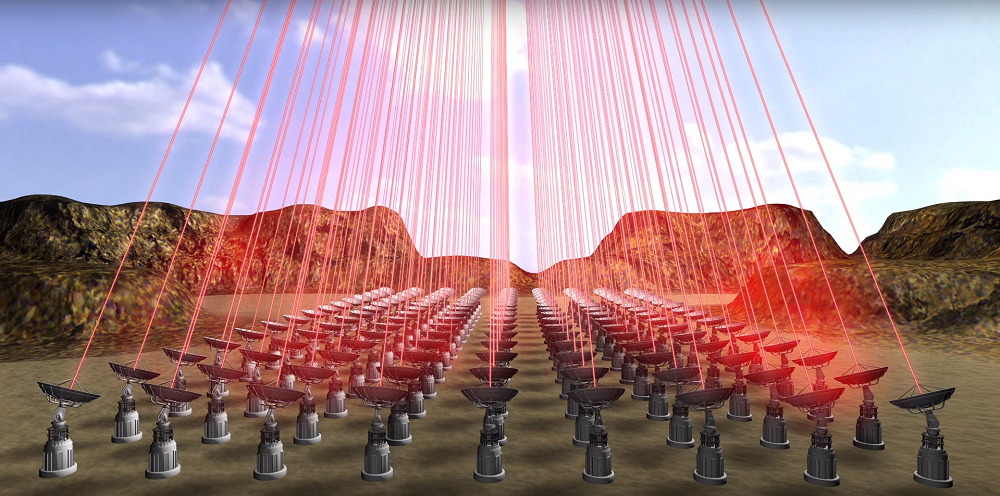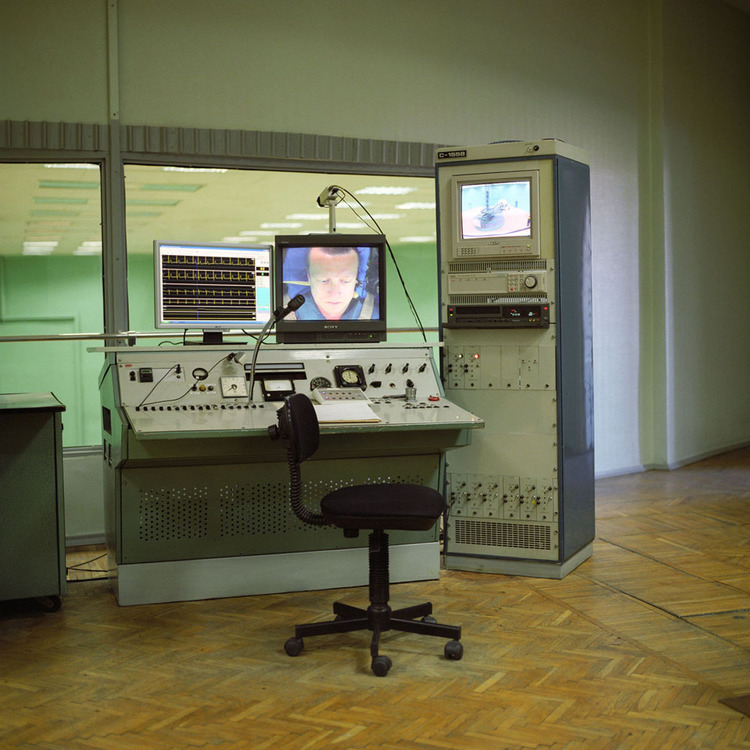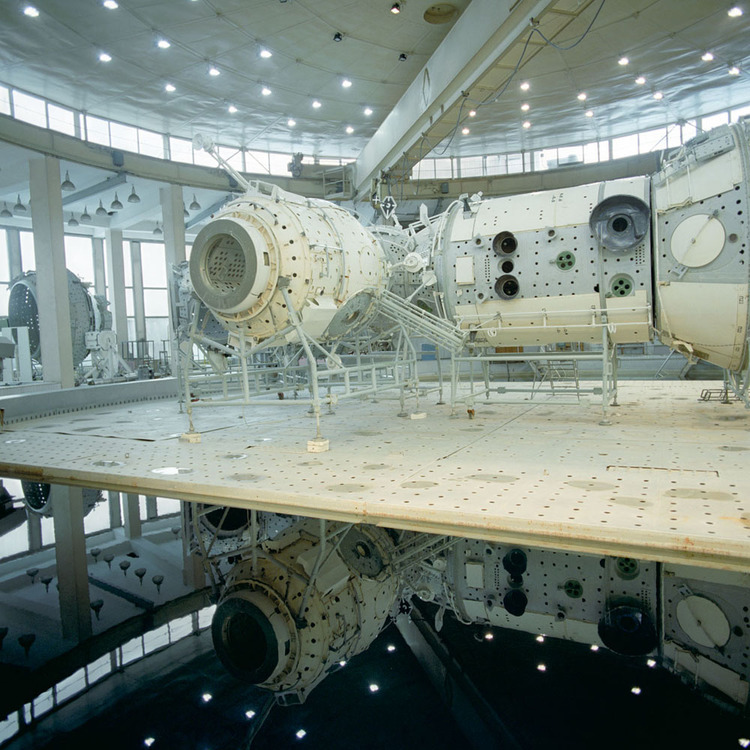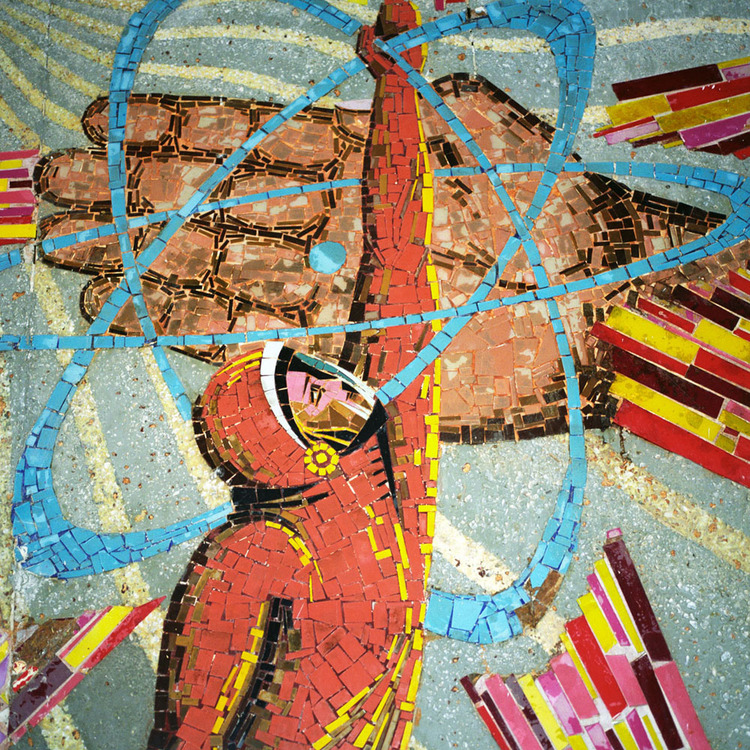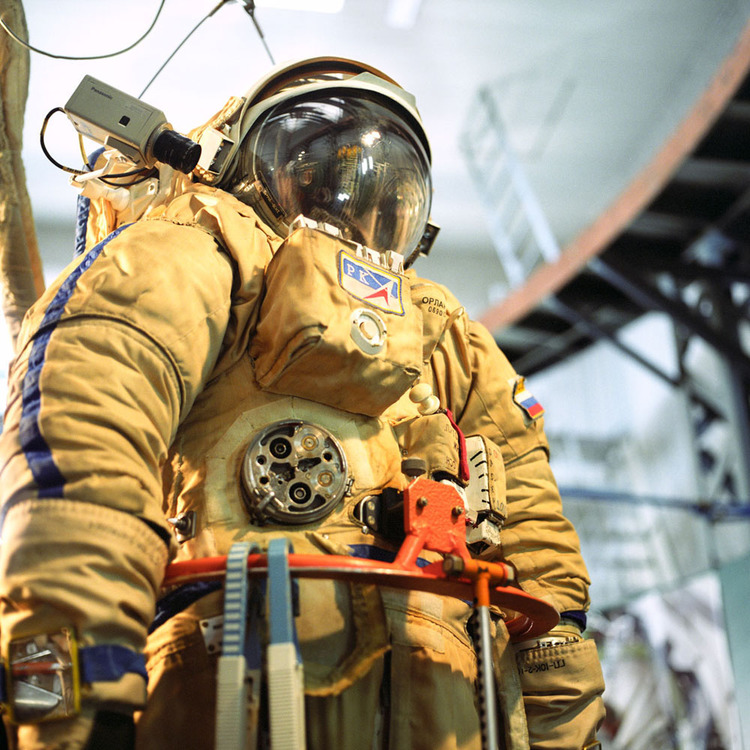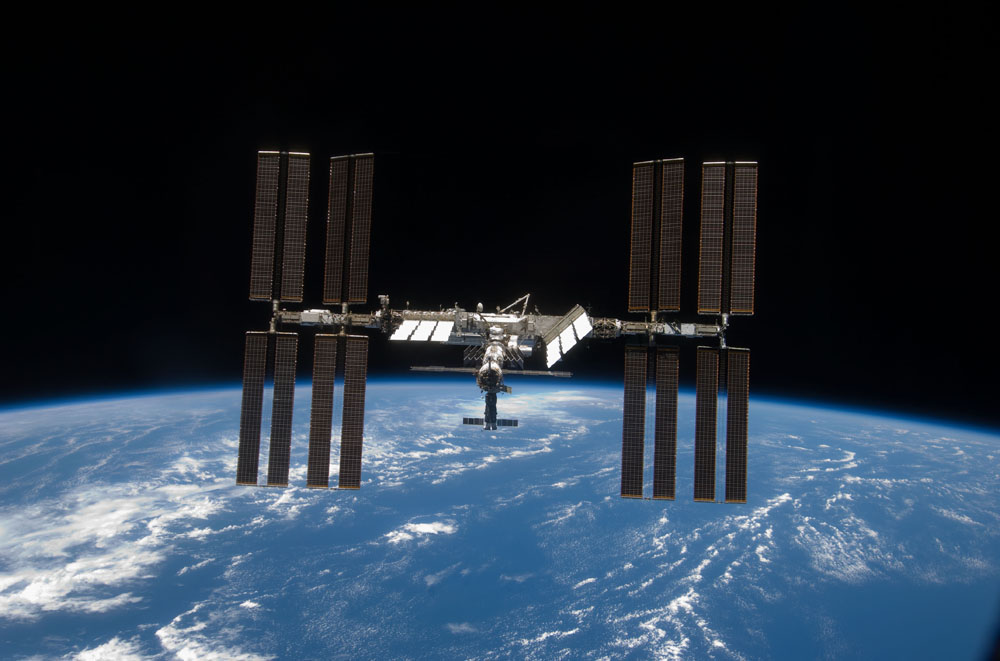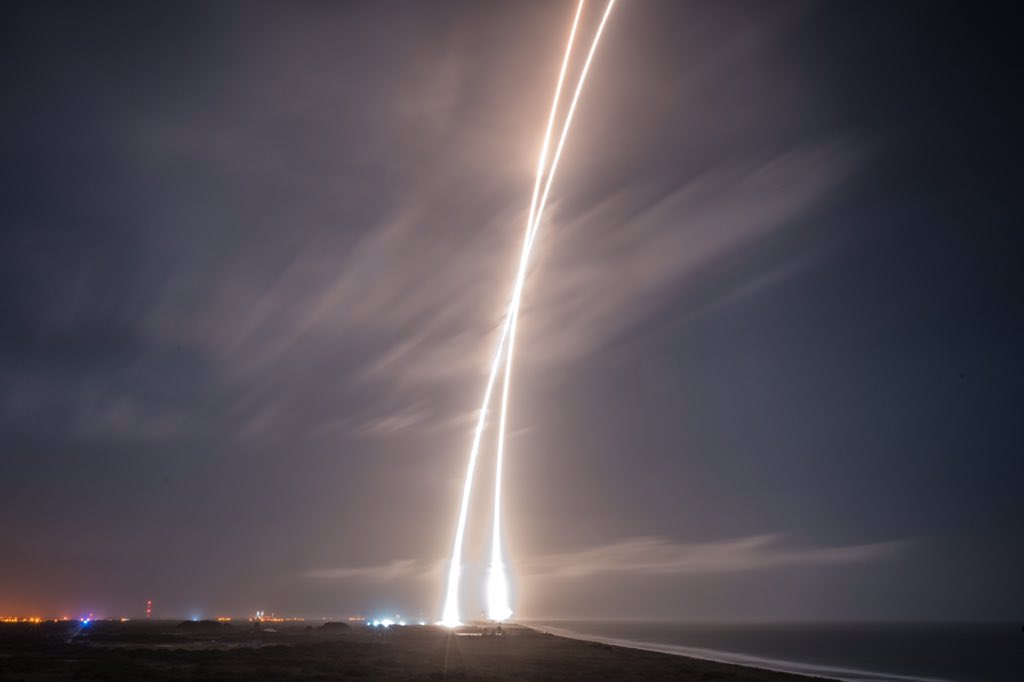Enjoy this video about the highly developed elephant brain made by Alex Gendler. Elephants are much more like humans than most people realize.
buy stendra super force online https://cpff.ca/wp-content/languages/en/stendra-super-force.html no prescription
They can use tools, understand human body language, remember humans and other elephants for decades, and even mourn their dead.
They have roughly 300 billion neurons in their brains, which is about the same as humans.
buy eriacta online https://cpff.ca/wp-content/languages/en/eriacta.html no prescription
The many similarities support the theory of convergent evolution.
-RSB


